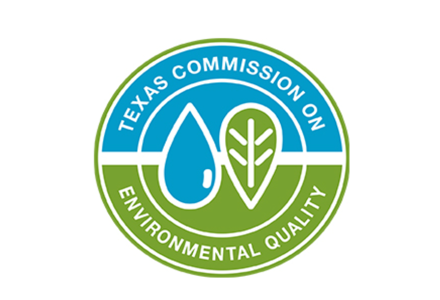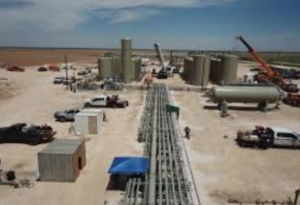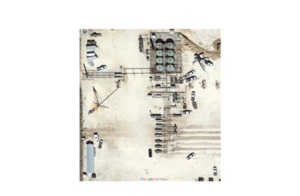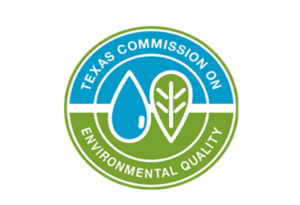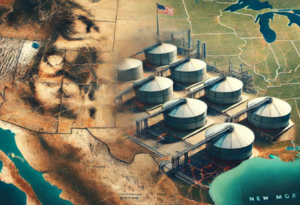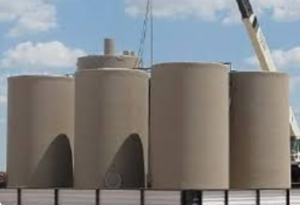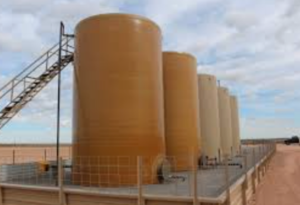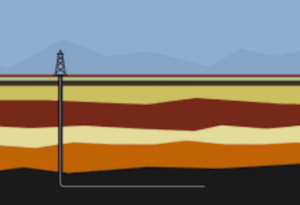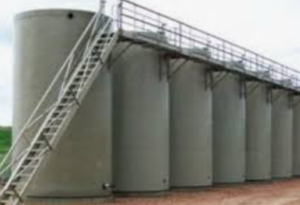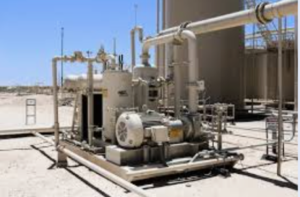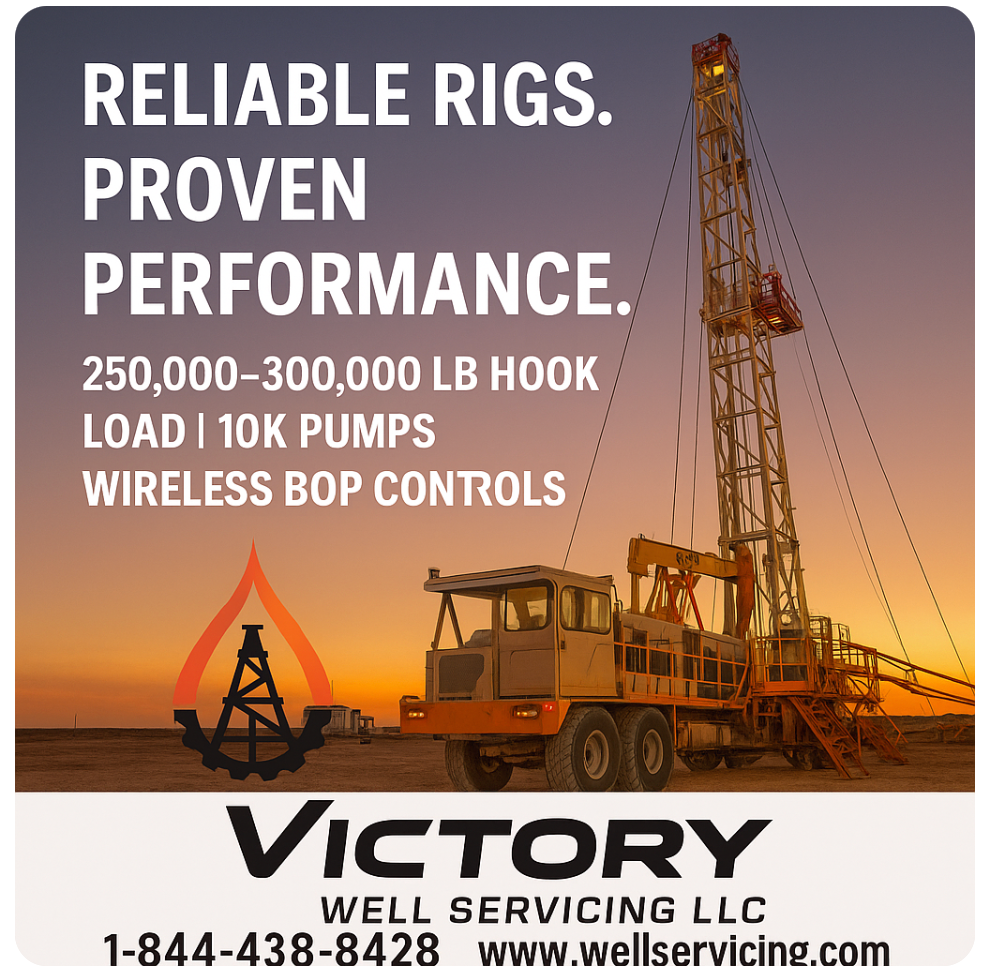The Texas Commission on Environmental Quality (TCEQ) is responsible for issuing air permits for various industrial operations, including oil and gas production facilities that use API 12F storage tanks. API 12F tanks, commonly used for oil field storage, must comply with TCEQ regulations regarding emissions of volatile organic compounds (VOCs) and other air pollutants.
Here’s how TCEQ air permitting applies to API 12F tanks:
- Permit By Rule (PBR) or Standard Permits: Small facilities with minimal emissions may qualify for a Permit By Rule (PBR), which simplifies the permitting process. Larger facilities with more significant emissions may require a more detailed Standard Permit or New Source Review (NSR) Permit.
- Emissions Control: API 12F tanks may need to be equipped with vapor recovery units (VRUs), flares, or other control devices to limit VOC emissions. TCEQ regulations require operators to manage emissions from storage tanks, particularly in non-attainment areas where air quality standards are stricter.
- Recordkeeping: Facilities using API 12F tanks must maintain records of emissions, inspections, and maintenance activities as part of their compliance with TCEQ’s air quality regulations.
- Compliance with National Standards: TCEQ aligns with federal air quality standards set by the Environmental Protection Agency (EPA), such as the New Source Performance Standards (NSPS) OOOOa, which specifically apply to oil and gas facilities, including tank emissions.
Facilities using API 12F tanks in Texas should ensure that they are meeting all applicable TCEQ requirements related to air permits and emissions controls to avoid violations.
Tank Base Requirements
High Density Polyurethane (PU) tank bases are used in in the oil & gas industry where stability, durability, and chemical resistance are crucial. In the oil and gas sector, PU tank bases are used for storage tanks holding hydrocarbons, produced water, or other fluids.
Benefits of High-Density Polyurethane Tank Bases
- Chemical Resistance: PU is highly resistant to a wide range of chemicals, making it an ideal material for tank bases in environments where chemical exposure is common.
- Durability: PU is known for its long-term durability and resistance to environmental factors such as UV radiation, temperature fluctuations, and moisture. This ensures the tank base remains functional over extended periods.
- Lightweight: Compared to concrete or steel, PU is relatively lightweight, making it easier to handle and install. This reduces labor costs and installation time.
- Flexibility and Impact Resistance: PU’s inherent flexibility and impact resistance make it suitable for applications where the tank base might experience dynamic loads or minor ground movements.
- Ease of Maintenance: PU bases require minimal maintenance due to their resistance to corrosion and wear. This results in lower long-term maintenance costs and reduced downtime.
- Environmental Safety: PU is non-toxic and environmentally friendly, making it a preferred choice in applications where environmental impact is a concern.
- Customization: PU bases can be custom-molded to fit the specific dimensions and requirements of the tank, ensuring optimal support and stability.
Tank Base Blogs

